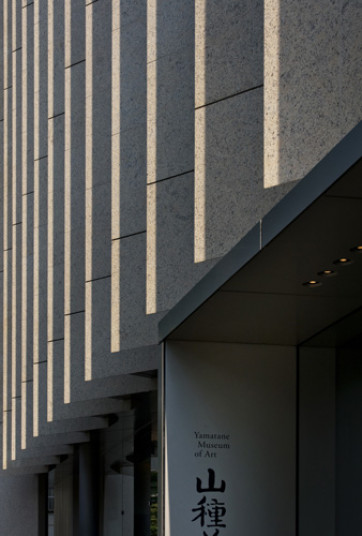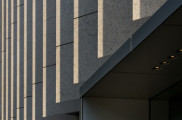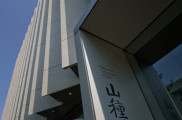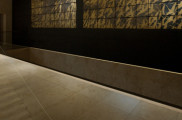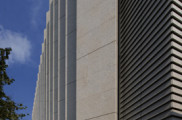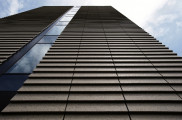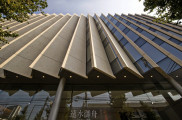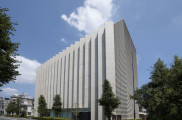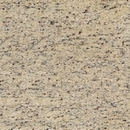The Yamatane Museum of Art, Japan’s first museum to specialize in Nihonga, opened in July of 1966 in the Kabutocho neighborhood of Nihonbashi, Tokyo. Its core collection consists of a large group of paintings donated by the museum’s founder, Taneji Yamazaki (1893-1983). Its second director, Tomiji Yamazaki (1925- ), broadened and deepened the collection, acquiring works by Hayami Gyoshu and initiating programs such as the Yamatane Museum of Art Award.
On October 1, 2009, the museum moved to its new home in Hiroo, in Tokyo’s Shibuya Ward. Here, acting on our founder’s principle of contributing through art to society and, above all, culture, the mission of the museum is collecting, presenting and interpreting Japanese art through exhibitions and research on modern and contemporary Nihonga. Nihonga are paintings that have been made in accordance with traditional Japanese artistic conventions, techniques and materials. While based on traditions over a thousand years old, the term was coined in the Meiji period of the Imperial Japan, to distinguish such works from Western-style paintings.
THE PROJECT
- LOCATION: 3-12-36 Hiroo, Shibuya-ku, Tokyo 150-0012
- DATE OF THE PROJECT: 2009
- MATERIALS:GIALLO SF REAL GM
- QUANTITY: About 250,122 mc of material
- ARCHITECT: NIHONSEKKEI, INC. Chief Architect, Project Coordination Hq. YAMASHITA Hiromitsu NIHONSEKKEI, INC. Senior Architect, Architectural Design Div. ICHIMARU Takahiro

